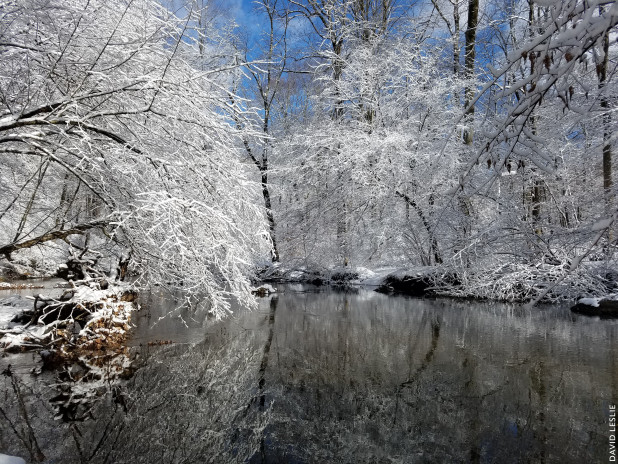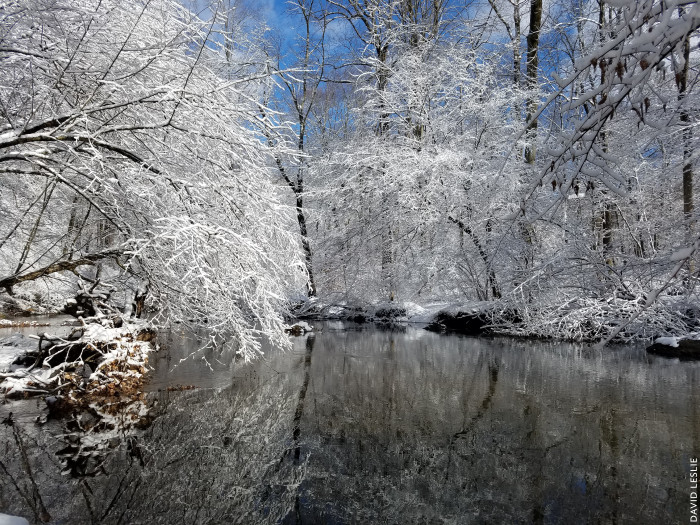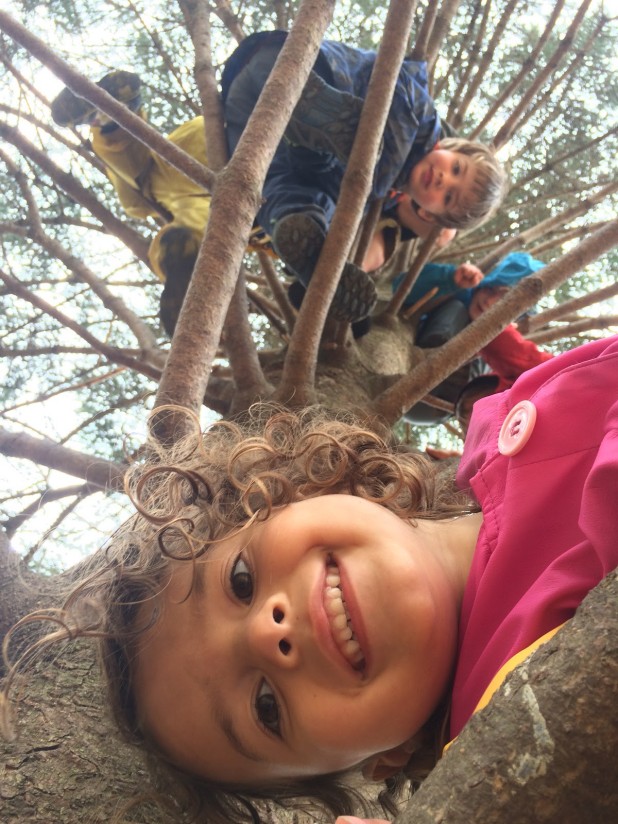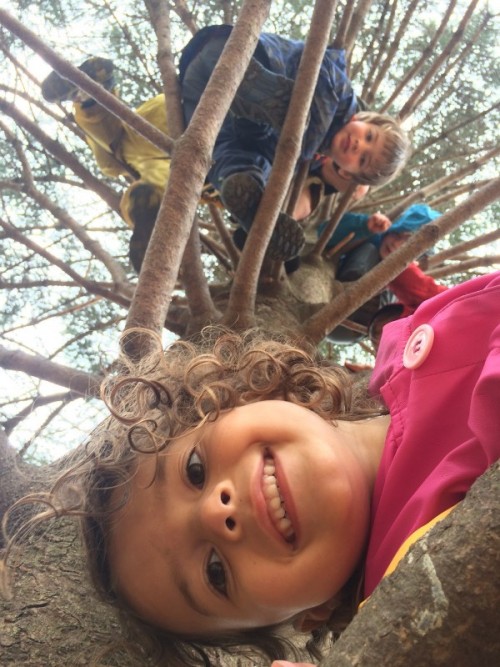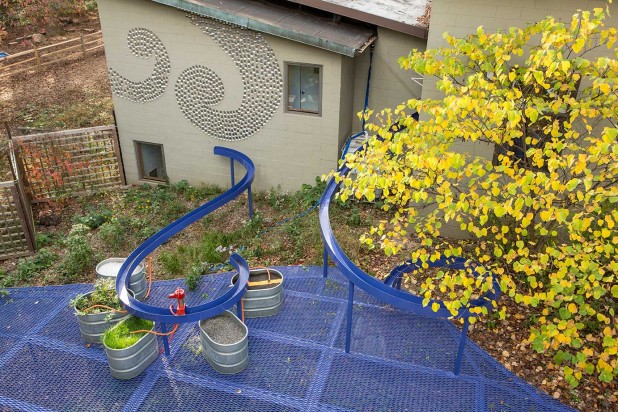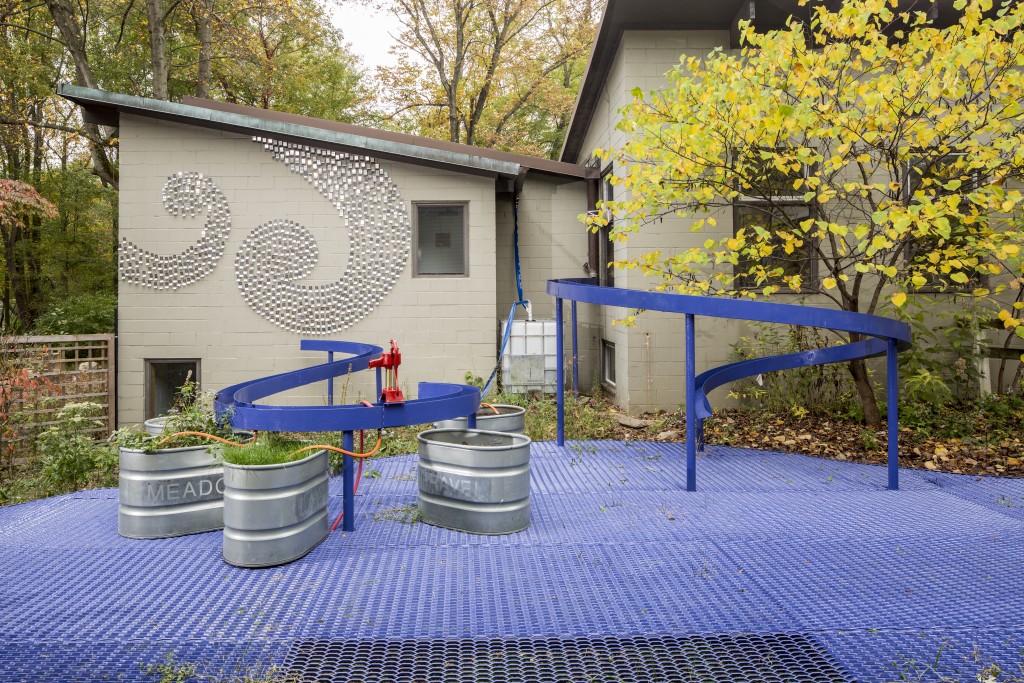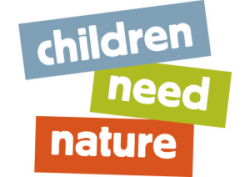
By Eduardo Dueñas, Environmental Educator
Children Need Nature is a monthly blog column from our Nature Preschool program. Read more posts here.
In the course of my week, I have the opportunity to give a Spanish class to the kindergarten class at the Schuylkill Center. I honestly can’t hide my happiness when I enter the classroom and see children eager to practice and learn new words in Spanish—words that they use every time when they pass by me in the hall. I am amazed at the speed and retention that a child of four or five years has when learning a new language. Ideally, I believe kids should start learning a second language from an early age—they can carry the interest and skills with them for the rest of their lives! Continue reading

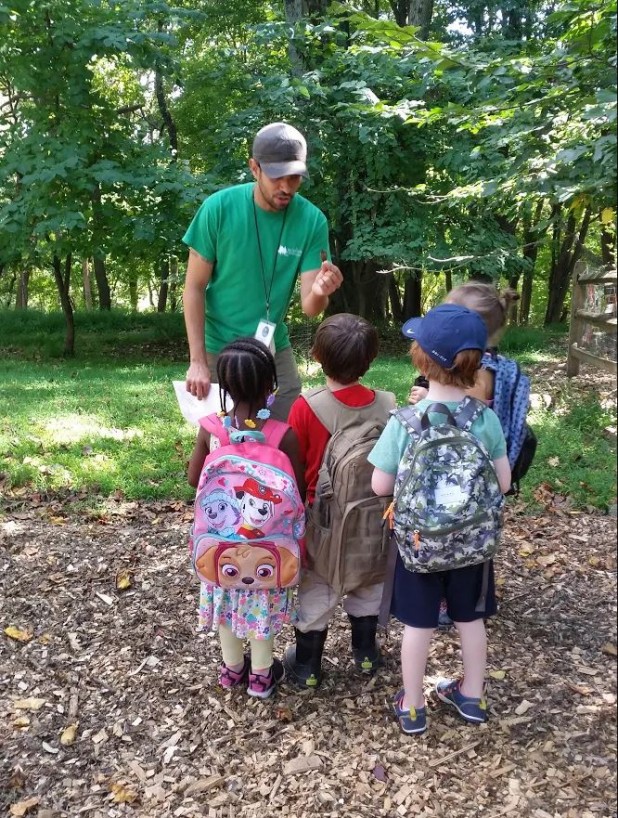

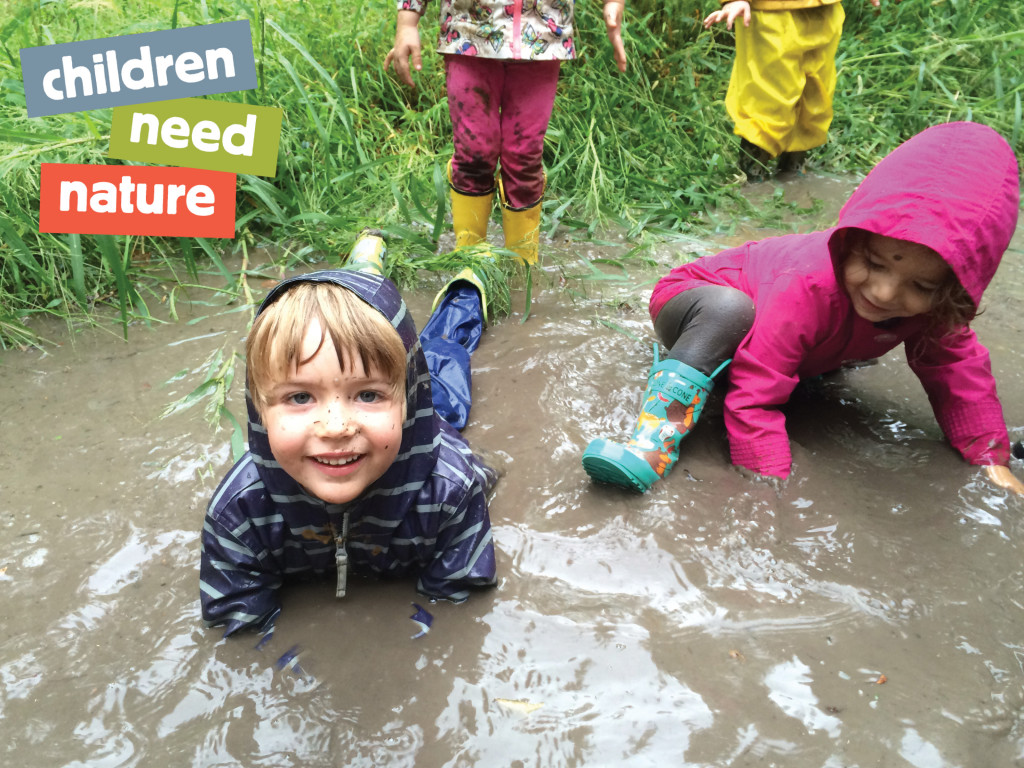
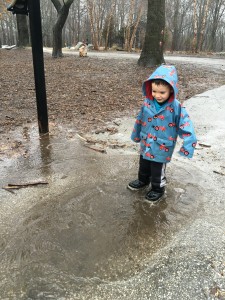 What to do:
What to do: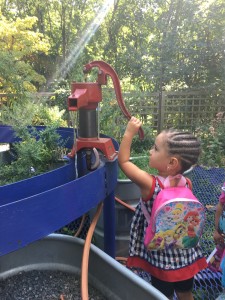 Optional step: See how big of a splash you can make!
Optional step: See how big of a splash you can make!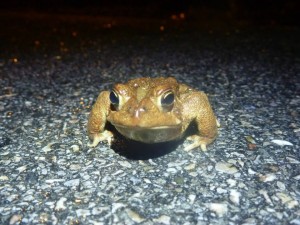 It’s early spring, just around sunset, and the conditions are just right—55 degrees and humid. A high-pitched trilling rings out in the distance. The shallow water of the Upper Roxborough Reservoir Preserve stirs with excitement. The toads of Roxborough are ready to run—and ready to attract a mate.
It’s early spring, just around sunset, and the conditions are just right—55 degrees and humid. A high-pitched trilling rings out in the distance. The shallow water of the Upper Roxborough Reservoir Preserve stirs with excitement. The toads of Roxborough are ready to run—and ready to attract a mate.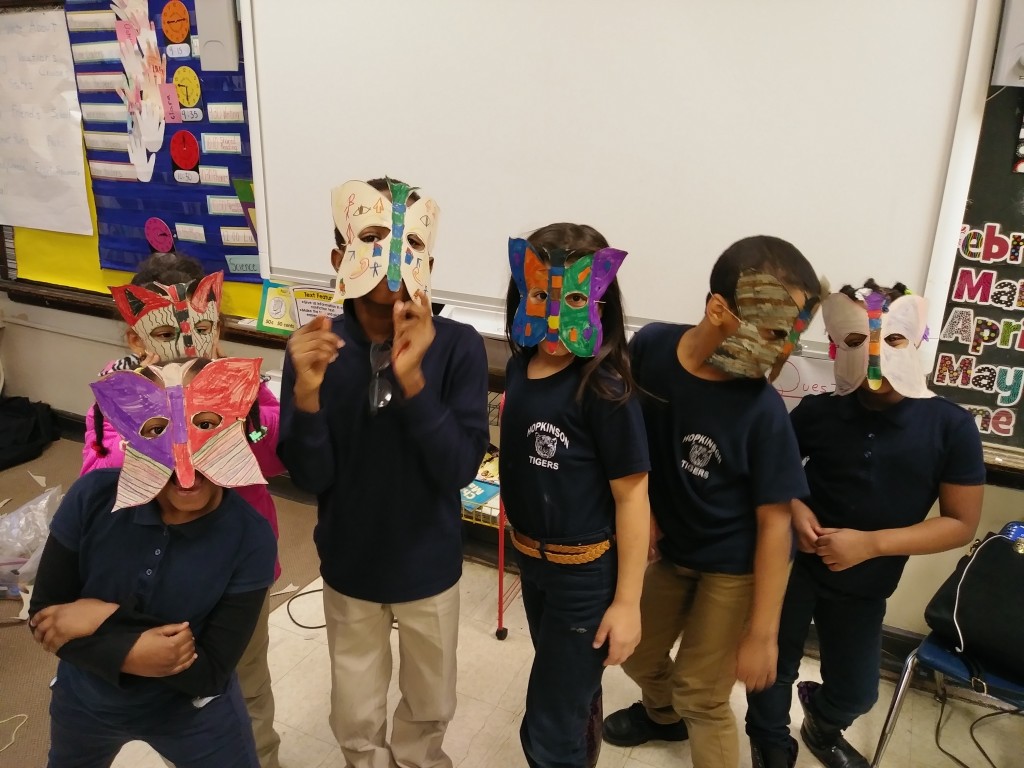
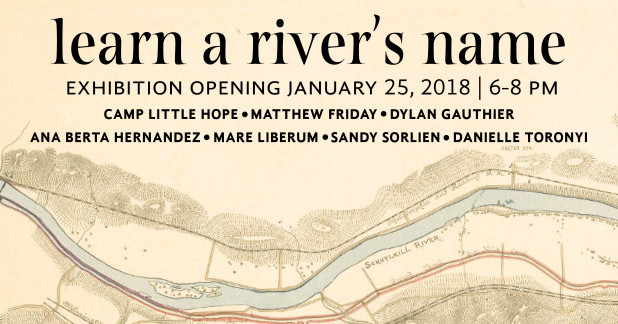
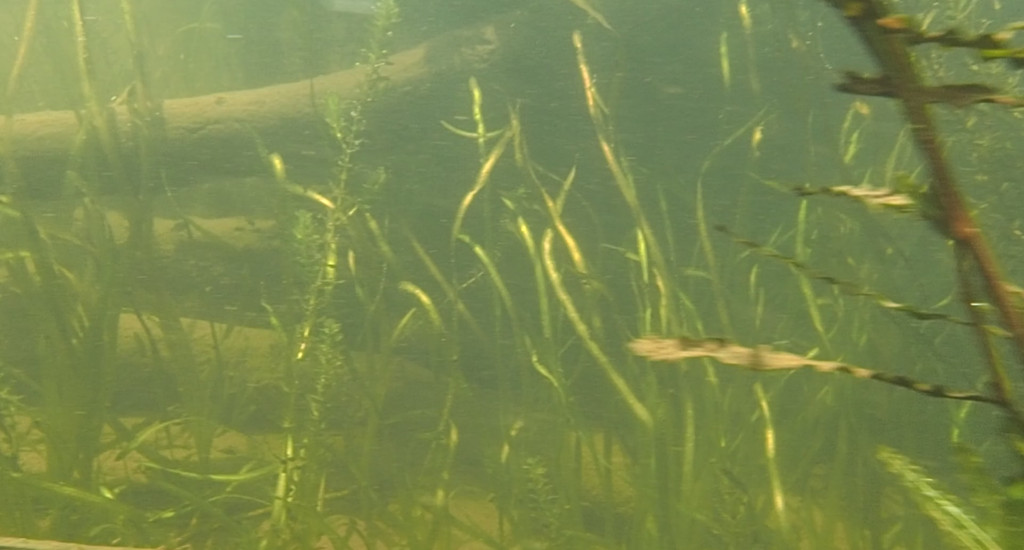
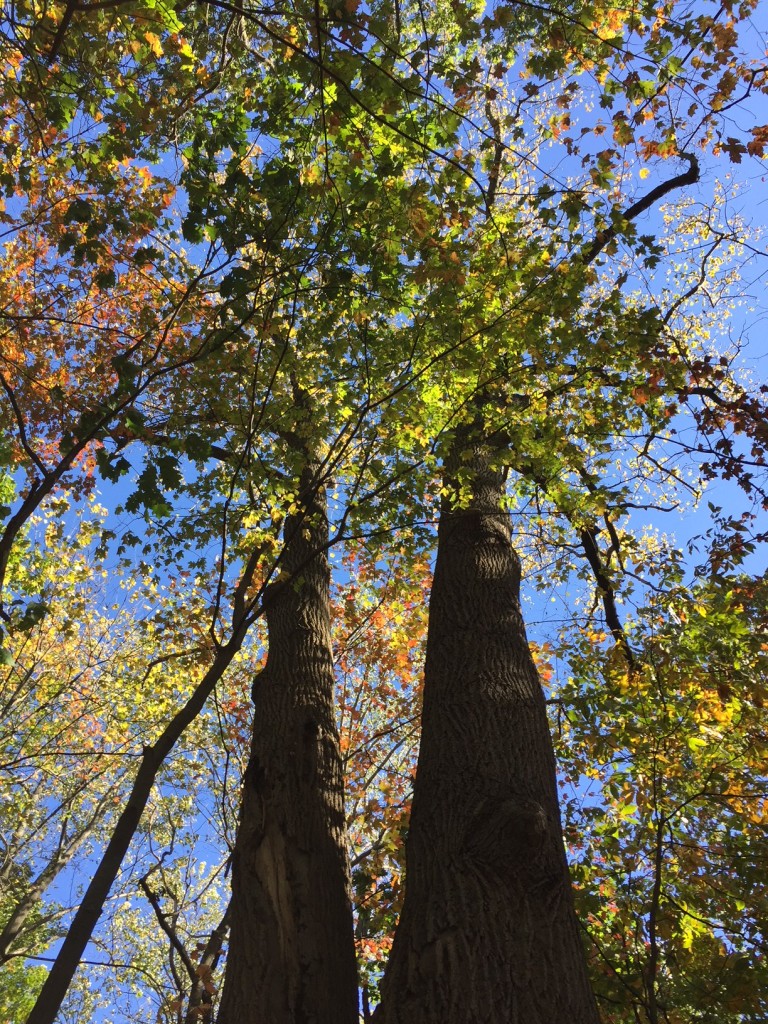 By Andrew Kirkpatrick, Manager of Land Stewardship
By Andrew Kirkpatrick, Manager of Land Stewardship